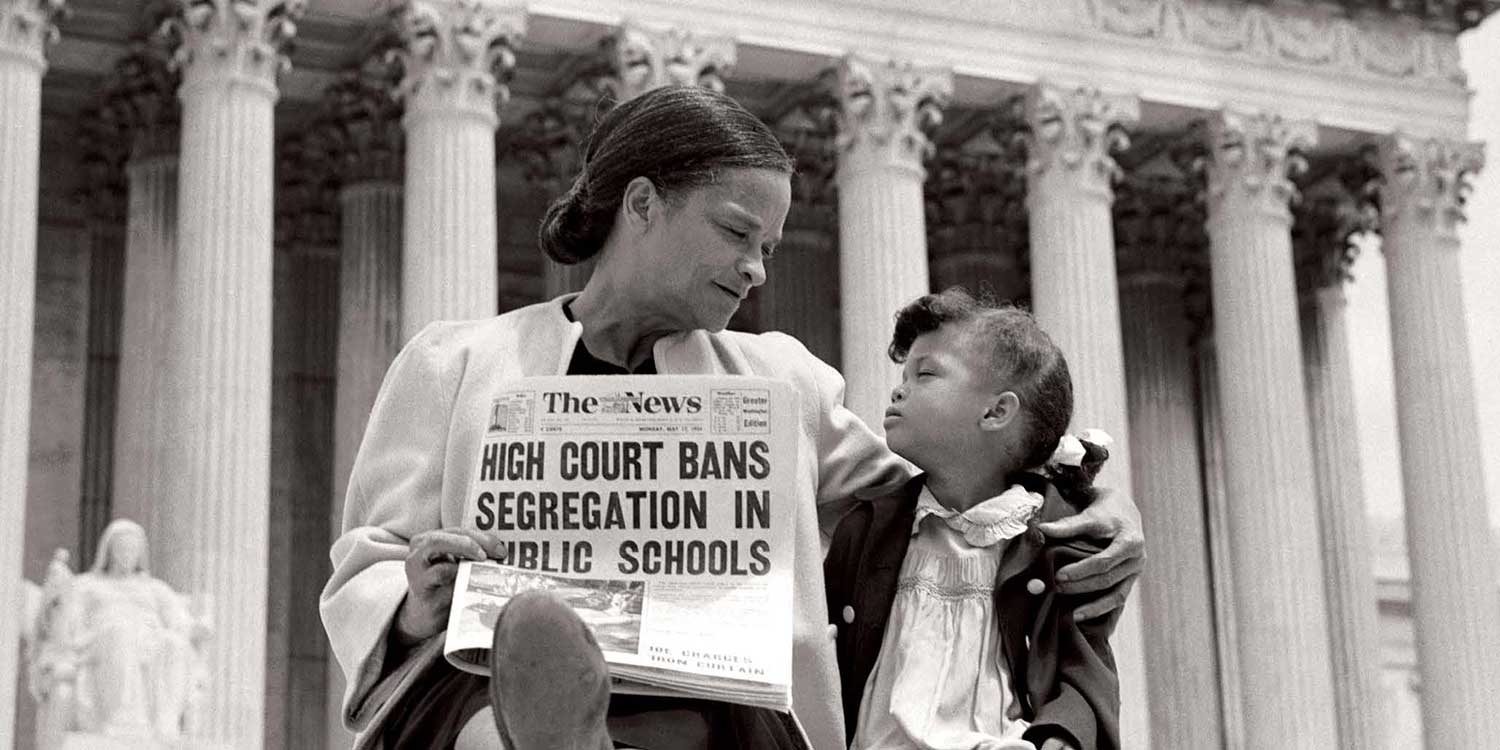As a former 8th grade English teacher in Atlanta, I was literally dumfounded to find that my students (mind you – who were in middle school) thought Martin Luther King, Jr. was a slave! Sadly, I later realized that my students’ wrong answers were warranted.
Within public education contexts, students seldom learn anything in African American history beyond slavery and the Civil Rights Movement. Today’s high-stakes testing environments – as demonstrated by federal initiatives like No Child Left Behind and Common Core – have supplanted critical learning with rote memorization and testing. Many educators fear that students today are being groomed to become work-force laborers, not critical thinkers. I quickly realized that my frustration was not with my students – it was in the public school curriculum.
Black student achievement has received substantial attention within recent years. The National Center for Educational Statistics (2013) reports that 18% of African American fourth grade students and 14% of African American eighth grade Black students are at or above proficiency in mathematics. Meanwhile only 17% of African America fourth grade students and 16% of African American eighth grade students are at or above proficiency in reading. These statistics are incontestably daunting. Sadly, recent educational reform initiatives – many of which cost billions of dollars to implement – have been ineffective in uplifting African American student achievement. Today’s public school curricula has become increasingly streamlined and “culturally irrelevant” for African American students. Thus, it is important to examine a period in history that addressed this lack of cultural representation found in curricula. An examination of the 1964 Freedom Summer reveals the importance of critical inquiry and supplementary learning for students.
After the decision of Brown v. Board in 1954, African Americans needed literacy for political and voting rights during the Civil Rights era. The Student Nonviolent Coordinating Committee provided a leading role in organizing volunteers for the Black Freedom Movement in Mississippi. The introductory program lead by SNCC leaders advocated for Freedom Schools to train students to become active in their own learning process, in order to ensure social change (Hale, 2011). In 1964, Charles Cobb, Bob Moses, and Septima Clark became visionaries behind the “Freedom School” idea (Chilcoat & Ligon, 2001; Ransby, 2003). Cobb – a SNCC field secretary – believed that social institutions in Mississippi restricted and oppressed African American youth in ways that crippled the Black voice. Cobb later wrote a memo to SNCC’s executive committee stating:
Mississippi’s impoverished educational system is also burdened with the virtually a complete absence of academic freedom, and students are forced to live in an environment that is geared to squash intellectual curiosity and different thinking.
In 1964, “Freedom Schools” were supplementary educational programs designed to motivate students to have a political voice. One key difference in the Freedom School model (versus traditional public schools in Mississippi) was that positive Black culture was embedded within the curricula. Likewise, students in 1964 saw education as a tool for upward social mobility and progress.
Ella Baker, who was a seminal organizer of the Freedom School model, coined the term “democratic education,” which taught students about the emancipatory nature of learning and schooling. In essence – student achievement was to be corrected by igniting Freedom School students to recognize the power of education as a tool for social mobility. Whereas today, students often obligatorily attend schools with hopes to later graduate and acquire a job – Freedom School students electively supplemented their education in order to become more active citizens within their local Mississippi communities. Freedom School students in 1964:
… studied African American history and literature, which were not part of the regular public school curriculum… The Freedom School teachers taught and assigned authors who articulated what it meant to be African American in the United States. Culturally relevant sources assisted teachers in challenging notions of citizenship in a racialized society… The Freedom Schools provided a pedagogical space for students to interrogate racist myths and to articulate the meaning of citizenship under the existing Jim Crow system and under the terms of the U.S. Constitution. The students explored the nature of race relations in the North and the South, which was not explicitly taught in the public schools… The curriculum encouraged students to think critically about citizenship and the functioning of the U.S. government. (Hale, 2011, p. 332)
By exposing students to this critical information, students reexamined issues of equality – politically, economically, and racially. Freedom Schools also provided literacy training, which was necessary for students to pass in order to vote. But Freedom Schools went beyond the traditional paradigm. This emancipatory, transformative curriculum was critical for the Civil Rights Movement because it further ignited students to become agents of social change. By the end of the summer, over fifty Freedom Schools were established, impacting over 2,100 students and adults in Mississippi (Ransby, 2003; Sturkey, 2010).
So how does the 1964 Freedom Summer relate to today’s African American students? The Freedom School model provides an exemplary approach to student engagement and achievement. Most of all – the 1964 Freedom Schools recognized the importance of embedding student culture within the curriculum. Today’s educational system desperately needs to explore the importance of African American history within K-12 contexts.
As a reference, I have attached a sample state curriculum guide (for North Carolina), which demonstrates what educators are required to teach in schools. As demonstrated in the document – there’s not much that covers African American history or African American cultural contributions.


